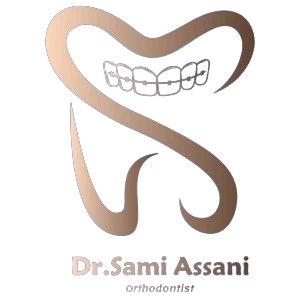Clear aligners have successfully treated a variety of cases, but there are some conditions that were previously thought untreatable. However, with precise clinical knowledge and additional attachments, remarkable results have been achieved. Here is a list of such conditions:

Conditions Clear Aligners Cannot Treat
- Impacted Teeth: The dentist must surgically expose the impacted tooth before using clear aligners to pull it into the desired position with the help of additional attachments.
- Jaw Expansion: While jaw bone expansion often requires surgery, clear aligners can expand the dental arch to treat crossbites.
- Large Gaps: Large gaps can be effectively closed using clear aligners with rubber bands and additional attachments.
- Protrusion of Jaw and Teeth: Depending on the severity, attachments like rubber bands and TADs can be used. Severe cases may require surgery, but clear aligners can serve as a preparatory treatment.
- Tooth Shape: Clear aligners cannot change the shape of teeth but can move them to a better position with the help of additional attachments.
- Cavities and Gum Disease: Gum disease and cavities must be treated before starting clear aligner therapy. Current infections won’t hinder the treatment after initial care.
- Tooth Intrusion or Extrusion: This involves raising or lowering the position of teeth in the jaw. Clear aligners can achieve this to a certain extent with additional attachments.
- Previous Dental Procedures: Crowns on natural teeth can be moved with proper preparation and the addition of attachments.
